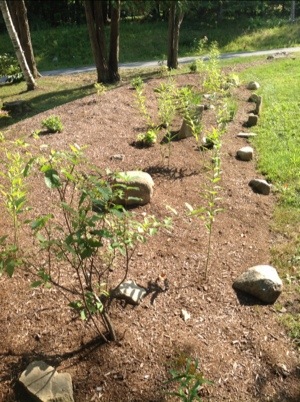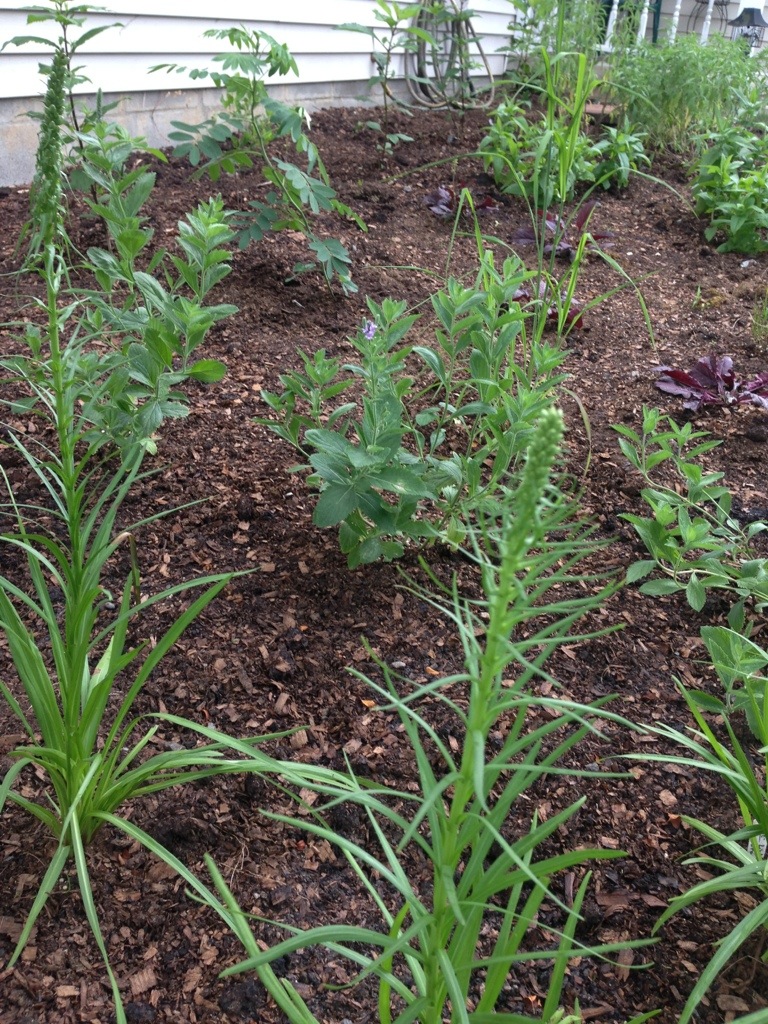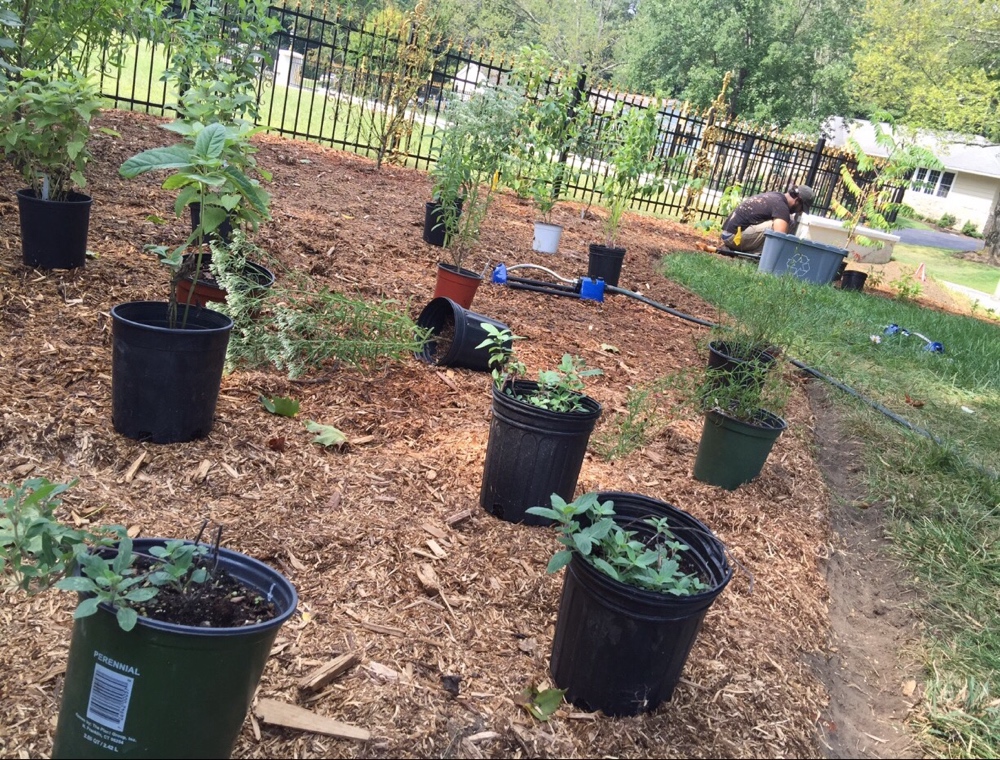Poison Parsnip Season.
Being mid-June, it’s now the time of year that the invasive plant Poison Parsnip (aka Wild Parsnip or Pastinaca sativa) is blooming on the roadsides, ditches, marshes and forest edges of Saratoga + Albany County and much of the northeast. Many people confuse Poison Parsnip with the early blooming shade tolerant native species plant Golden Alexander (Zizea aurea), which is a larval host plant for the Black Swallowtail butterfly. Certainly, the Wild Parsnip/Golden Alexander mix-up is an easy mistake to make for plant novices. But there’s a couple easy ways to key the invasive plant vs the native plant from each other. Though the yellow blooms of both flowers are very similar, Golden Alexander flowers happen earlier, usually May or even April. Poison Parsnip doesn’t usually bloom until early June.
Native Wildflower Golden Alexander is Unique.
The other, easier tell is how tall Poison Parsnip is compared to Golden Alexander- Poison Parsnip can be very tall, even 5-7 feet in height. Golden Alexander is small, rarely taller than a foot. Poison Parsnip is an introduced species, considered an invasive plant: aggressive or problematic in some states. If some has volunteered itself in your garden, be very careful handling it; don’t touch it with your bare skin and avoid direct sunlight if you do as a rash can result. Thankfully the poison is not an oil (like Poison Ivy) so it won’t linger in your clothing. And, if you touch it on a rainy day, it won’t hurt you. (Wash really well afterwards just to be safe!)
Pastinaca is a member of the Carrot family. It is technically the vegetable plant “Parsnip!” The colonists planted parsnips (yum) and they escaped cultivation. Once reseeded in the wild, the plant went rogue. The etymology of how invasive plants come into existence is fascinating. And stories like this are why at Jessecology we are “permaculture hesitant.” Habitat restoration centered landscape design demands thoughtfulness re: natural history. Pastinaca flowers (just like Golden Alexander flowers) are often described as being “yellow Queen Anne’s Lace.” Learn what to look out for so you can avoid a nasty stinging rash!





